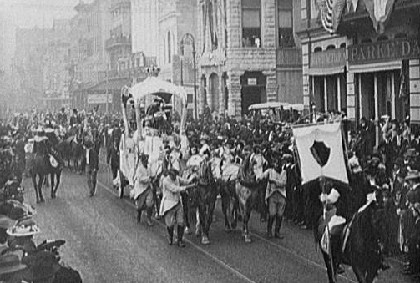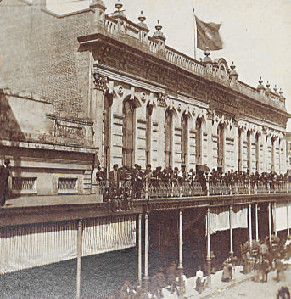
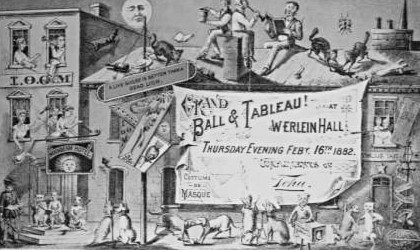
| Invitation, Underworld Grand Ball & Tableau, 1882 |
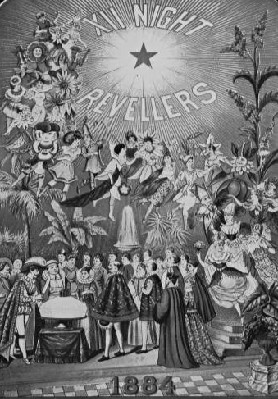
| Invitation, Twelfth Night Revellers Ball, 1884 |
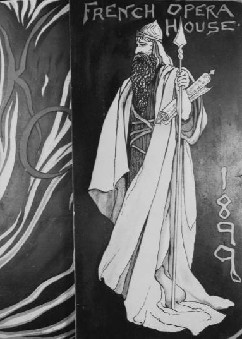
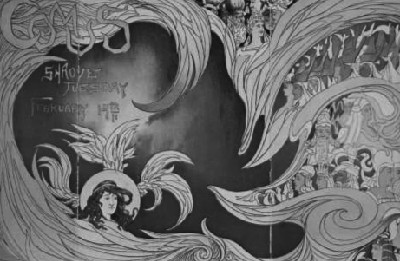
| Above & below, invitation, Comus Ball, 1899 |
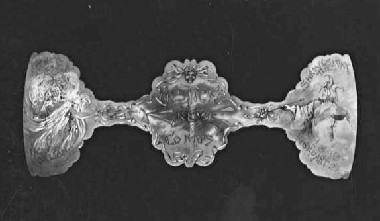
| Invitation, Comus Ball, French Opera House, Shrove Tuesday, 1898 |
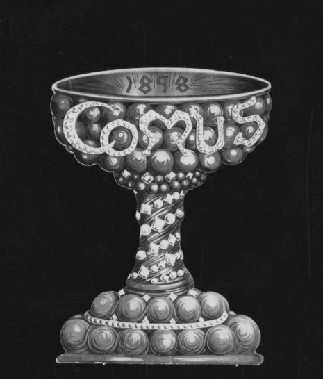
| Invitation, Comus Ball, French Opera House, Shrove Tuesday, 1898 |
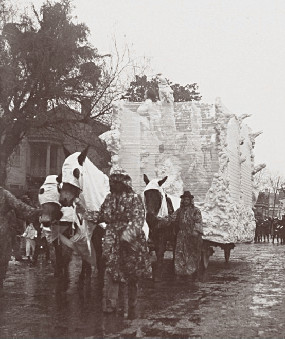
| Mardi Gras, 1899 |
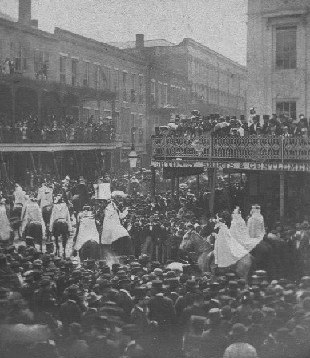
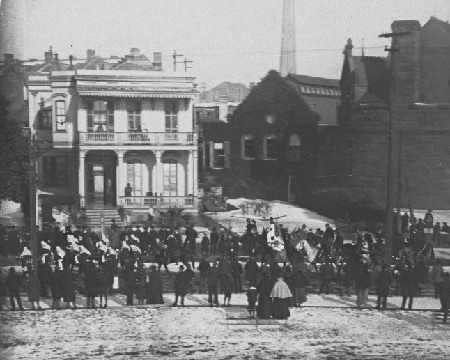
| Mardi Gras, French Quarter, between 1880-1900 |
| Mardi Gras, French Quarter, 1896 |
| Rex at Canal and Camp Streets, 1890's |
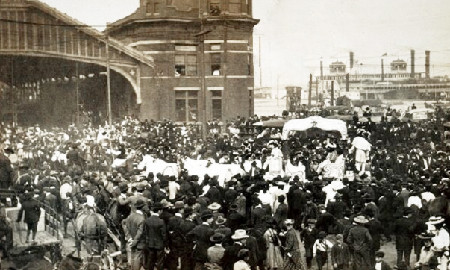
| Mardi Gras, foot of Canal Street, 1890's |
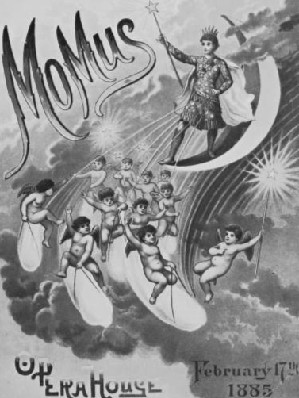
| Invitation, Momus Ball, Opera House, 1885 |
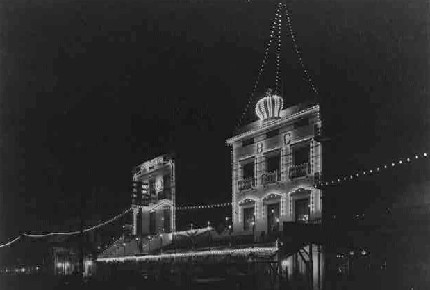
| Boston and Commercial Clubs, Mardi Gras Season, 1898 |
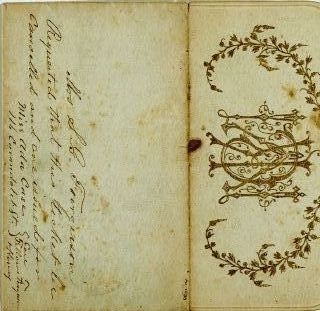
| Invitation, Comus Ball, 1867 |
| Images: Mardi Gras in the 1800's |
| Mardi Gras, St. Charles Avenue, 1899 |
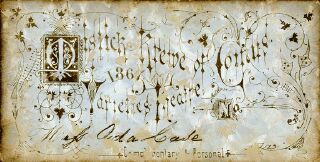
| The link to this page is: http://www.thepastwhispers.com/Mardi_Gras_1800s.html Back to Mardi Gras in Old New Orleans Back to Old New Orleans Whispers - Home |
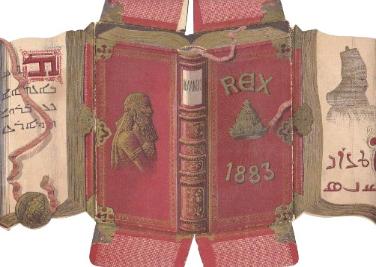
| The Mardi Gras at New Orleans An article from the Columbian Exposition, 1893 The Mardi Gras carnival of 1893 was the thirteenth of those fanciful and brilliant creations which have won for this Southern capital a wide popularity. Although the number of visitors from other parts of the country to witness the exercises was not so large this year as usual, the city was filled with pleasure-seekers and admirers of this delightful custom. Each season the features of the Mardi Gras are arranged to illustrate different subjects. In 1882, "Ancient Egyptian Theology" was represented; in 1883, "The History of France"; in 1884, "Virgil's Aeneid"; in 1885, "Myths and Worships of China"; in 1886, "Visions of Other Worlds"; in 1887, "Andersen's Fairy Tales"; in 1888, "Legends of the Middle Ages"; in 1889, "The Hindu Heavens"; in 1890, "Elf Land"; in 1891, "Tales of the Genii", and in 1892, "A Dream of the Vegetable Kingdom." The scenic pageants presented this year were equal to any previous triumphs of artistic conception in this line. Beautiful in execution and admirable in composition, the various ideas so charmingly illustrated formed a group whose brilliant effect will long be remembered by those so fortunate as to witness its triumphant march. New Orleans has reduced the art of preparation of these gorgeous spectacles to a high degree of perfection, such as could be attained only by years of careful study of effects and education in artistic forms. To express sentiment and action in tableaux of living persons, surrounded by the scenery of the events represented, combines both the art of the sculptor and the painter. Dealing with living figures, it appeals to the common interest far more strongly than anything in the domain of either plastic or pictorial art, and demands a quality of talent that only experience and dedication can bring. |
| Invitation to the Rex Ball, 1883 |
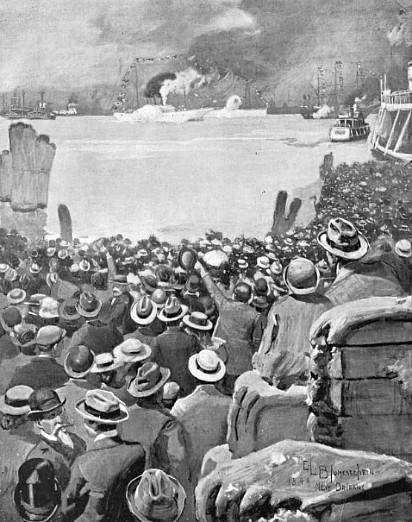
| "The King of Carnival arrives on the royal yacht" - 1899 |
